How might we...
...demonstrate to people the value of providing their data and giving permission prior to activating DRVR’s service?
Data sharing often feels invasive to people as it can be hard to grasp what they are needed for. A controlled simulation on first use can demonstrate value and guide people through permission requests.
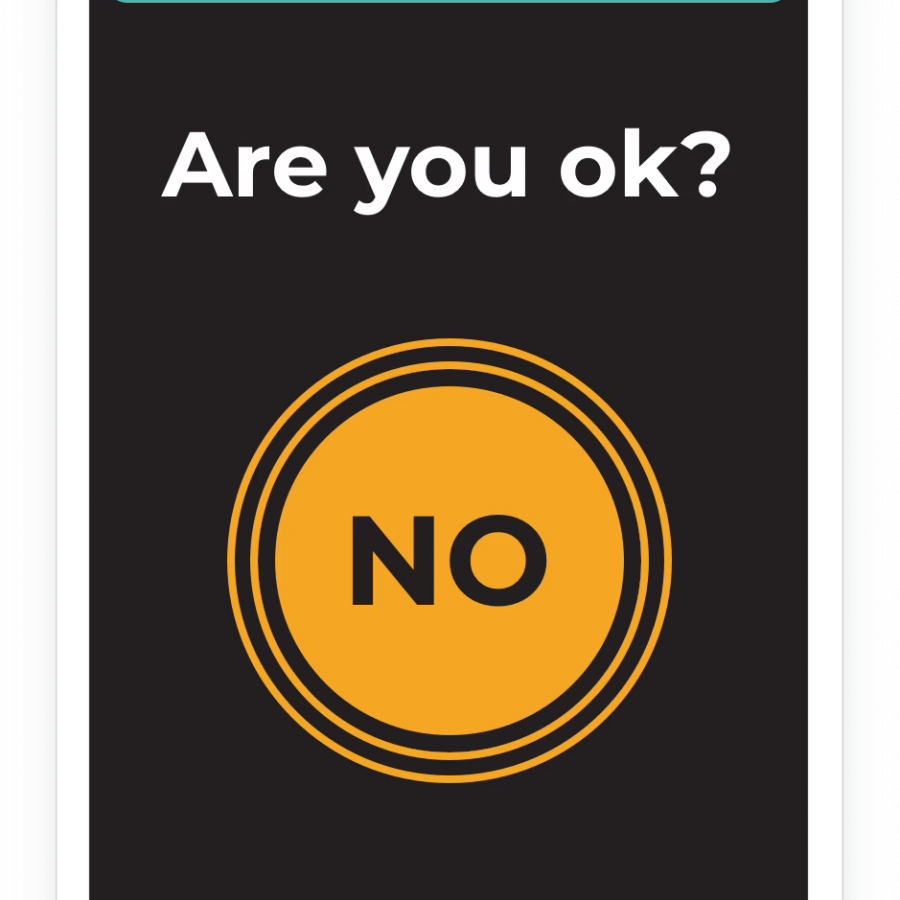
DRVR participated in the TTC Labs Data Innovation Program, which was part of the first season of Startup Station Singapore in partnership with IMDA.
As part of a larger app designed to encourage safe driving through gamification, DRVR works in real life situations and offers automatic detection of vehicle collisions, prompting the driver to check their wellbeing as appropriate.
If the driver isn’t OK, the relevant local emergency service is contacted and dispatched to the device location.
In order to provide this service, DRVR requires ongoing access to a device’s accelerometer and GPS data.
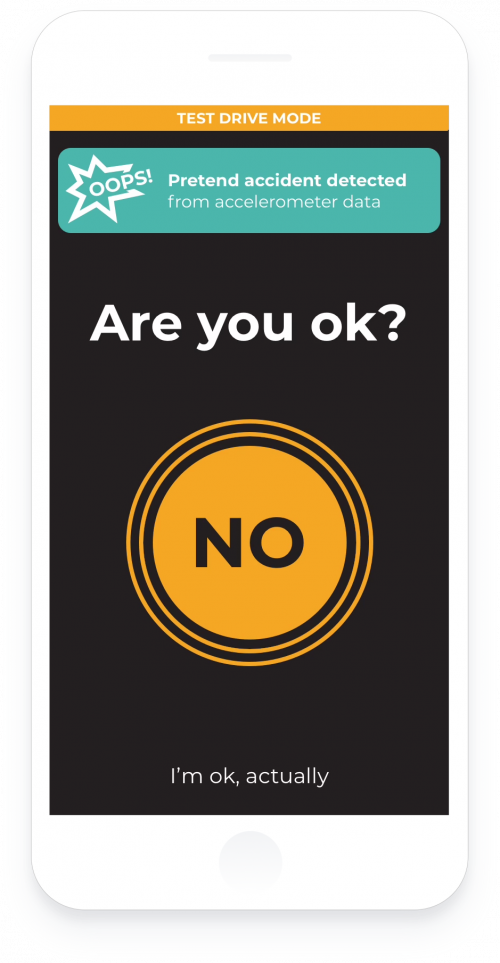
To deliver value to people who use it, DRVR’s app needs to ask people to consider a situation they’d rather not think about: a traffic accident. An interactive simulation can act as an educational experience, demonstrating the app’s value.
How might we...
...demonstrate to people the value of providing their data and giving permission prior to activating DRVR’s service?
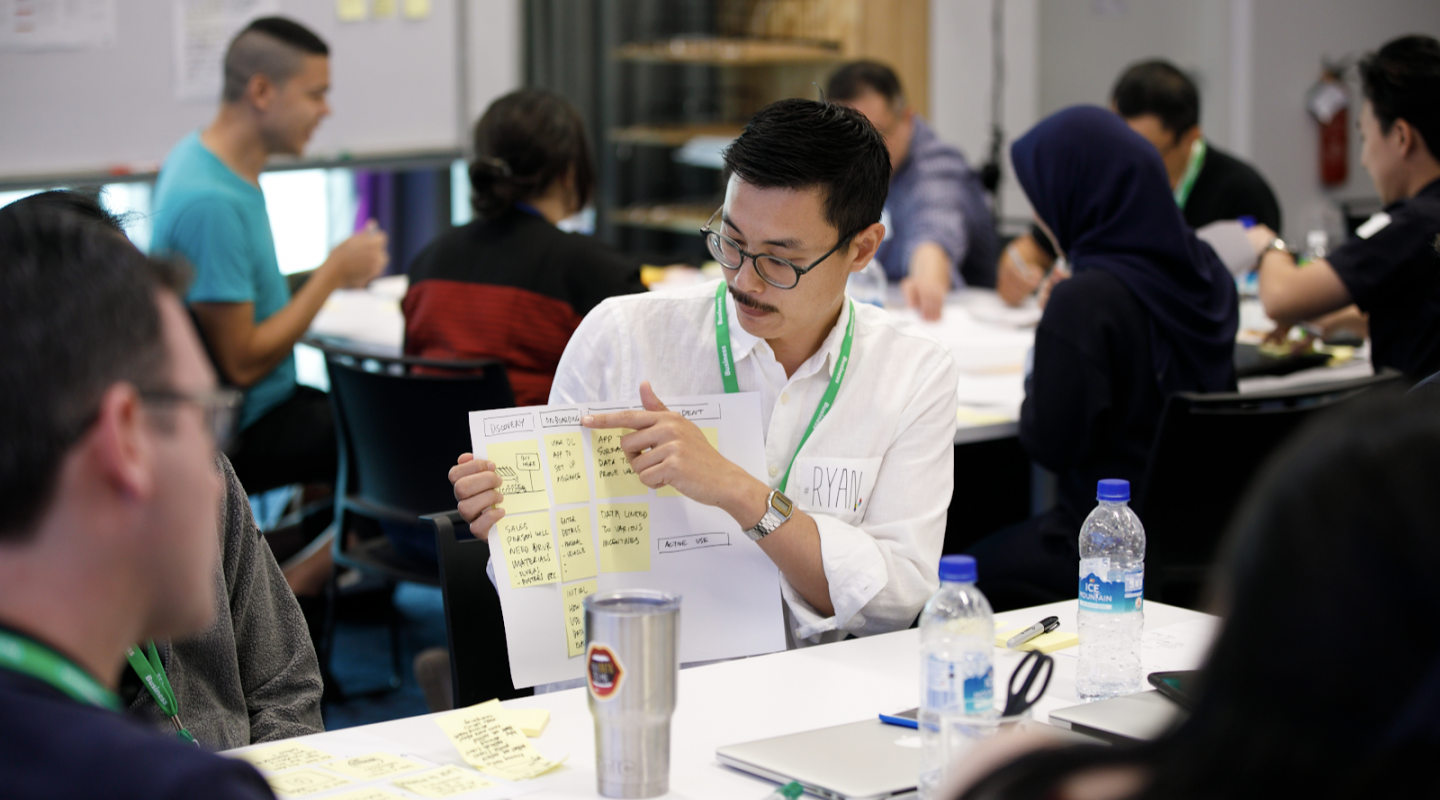
Team DRVR discuss early stage concepts
Rather than asking someone to imagine a future negative event and ask for permission just in case it ever happened, DRVR can ask them to perform a mock version of this — in this case, driving a vehicle for a few minutes — and putting device permission requests in context.
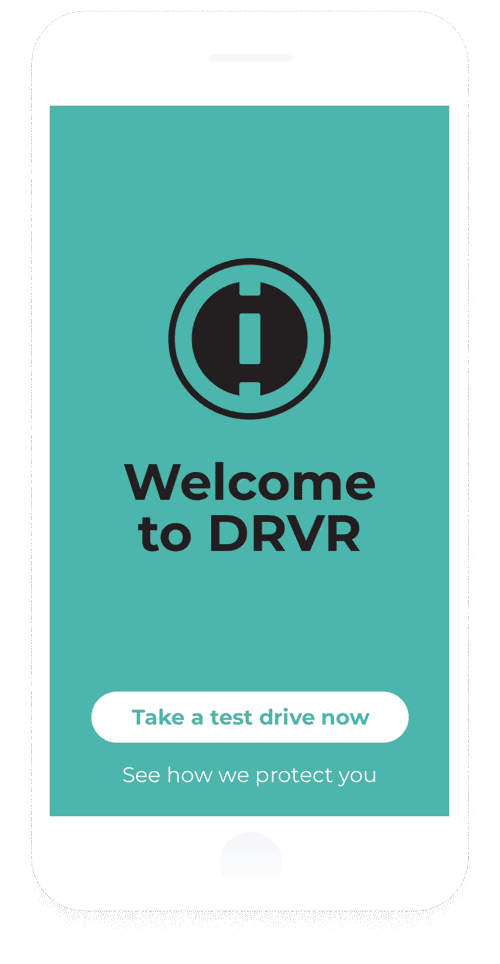
In the context of this “demo drive”, DRVR creates a narrative around a simulated accident: asking for, and explaining why they need each permission when as we go.
Working this way, DRVR can walk through each step of a simulated accident or incident in a low-stress environment, and be “permissions-ready” in the event of a real one.
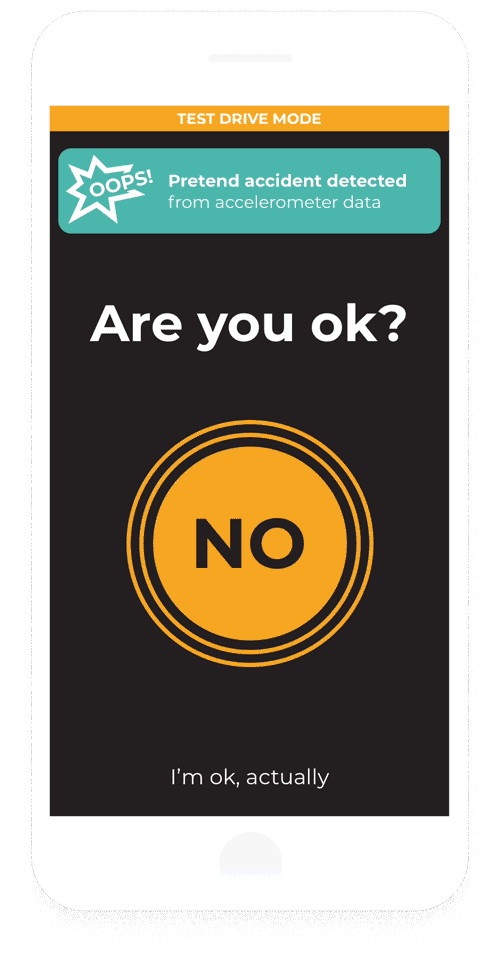
How might we build on DRVR’s ideas to… …use physical interactions to demonstrate or walk through a digital feature? …use a simulation to demonstrate value and get someone “permission-ready” for a more stressful or high-stakes event?